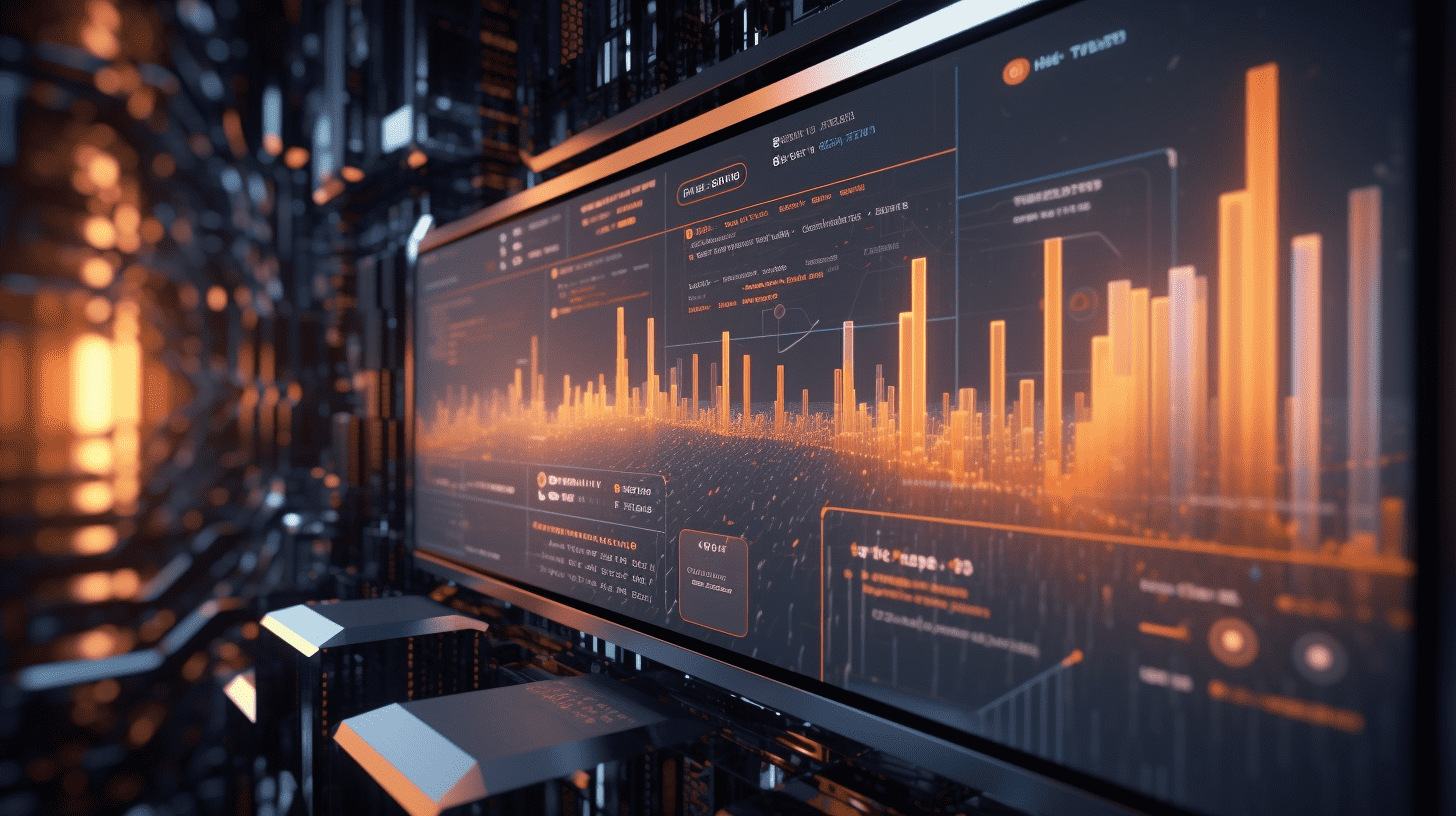OpenAI increases its "billion-dollar bet": partnering with Oracle, marrying Broadcom, with huge debts staking everything on the ambitious project "Stargate".
OpenAI and Oracle have reached a $300 billion cloud computing cooperation agreement to support artificial intelligence applications.
OpenAI's recent aggressive expansion in the field of artificial intelligence has attracted widespread attention. Following the announcement of a multibillion-dollar collaboration agreement with Broadcom Inc.(AVGO.US) to develop AI chips, the company has now revealed a five-year, $300 billion contract for computing infrastructure procurement with Oracle Corporation(ORCL.US), further highlighting its unprecedented scale of capital investment and strategic ambitions. These series of billion-dollar collaborations are not only among the largest cloud service contracts in the history of the tech industry, but also signify OpenAI's significant bet on future computational power needs that far exceed its current revenue capabilities.
The collaboration with Oracle Corporation is part of the company's previously announced "Stargate" data center construction plan. This deal is one of the largest cloud service contracts in history, with the amount far exceeding OpenAI's current revenue. It's reported that OpenAI and Oracle Corporation will build a data center with 4.5 gigawatts of computing power, which is roughly equivalent to the power output of two Hoover Dams or the electricity consumption of about 4 million American households.
Signs of this deal emerged in June, when Oracle Corporation disclosed in a regulatory filing that it had entered into a cloud service agreement expected to generate over $30 billion in revenue by the fiscal year 2027. With more data center infrastructure coming online, their revenue is expected to increase each year. A month later, OpenAI publicly announced that they had agreed to purchase 4.5 gigawatts of computing power from Oracle Corporation, although the specific scale of the contract was not disclosed at that time.
Some may see the collaboration between OpenAI and Oracle Corporation as carrying certain risks. OpenAI has yet to generate profits and has been incurring losses. As disclosed in June, their annual revenue is around $10 billion, which is less than one-fifth of their annual operating costs of $60 billion, including the construction of data centers and renting computing resources from other data center operators.
Meanwhile, Oracle Corporation is betting a significant portion of its future income on just one customer. To meet the AI chip demand for their planned data centers, the company may have to borrow money. Compared to Microsoft Corporation, Amazon.com, Inc., and Meta, Oracle Corporation's debt burden is much heavier compared to their cash holdings. Their investment in artificial intelligence infrastructure has already exceeded their cash flow, with a total debt to equity ratio of 427%, while Microsoft Corporation's ratio is only 32%.
OpenAI has ventured into several seemingly high-risk projects. Reports indicate that OpenAI is also working with Broadcom Inc. to develop their own custom AI chips and aiming to create a device that can compete with Apple Inc.'s iPhone. This well-funded company is consuming more resources than any startup in history. Last year, the CEO of OpenAI told investors that he expects the company to be profitable as early as 2029, requiring an estimated $44 billion to achieve this goal.
Behind these aggressive moves is OpenAI's long-term bet on the growth of ChatGPT: betting that it can continue to attract billions of users and thousands of businesses globally, and maintain a leading position in fierce competition against rivals such as Alphabet Inc. Class C, and Anthropic. However, with tensions rising in their relationship with major investor Microsoft Corporation, and delays in the WINOX project, OpenAI's expansion model supported by massive debt and collaborations is facing increasingly severe sustainability challenges. How the company balances strategic investment and financial risks while pursuing technological leadership will be a key variable shaping the landscape of the AI industry.
Related Articles

British business community warns that the new budget may further stimulate inflation, forcing the central bank to slow down the pace of interest rate cuts.

The Federal Reserve is about to cut interest rates, highlighting the investment value of emerging markets.

"Clean and optimize the business environment - crack down on the 'black mouth' of enterprise networks" Special action publicly exposed the second batch of typical cases.
British business community warns that the new budget may further stimulate inflation, forcing the central bank to slow down the pace of interest rate cuts.

The Federal Reserve is about to cut interest rates, highlighting the investment value of emerging markets.

"Clean and optimize the business environment - crack down on the 'black mouth' of enterprise networks" Special action publicly exposed the second batch of typical cases.

RECOMMEND

Significant Southbound Capital Inflows into Hong Kong Stocks—Three Investment Directions to Watch
10/09/2025

Heavy-Duty Engine Sales Slide as Weichai Power’s Supplier Payables Near RMB 100 Billion
10/09/2025

U.S. Annual Nonfarm Payroll Revision Misses Expectations with 911,000-Job Cut, Heightening Fed Rate-Cut Pressure
10/09/2025


